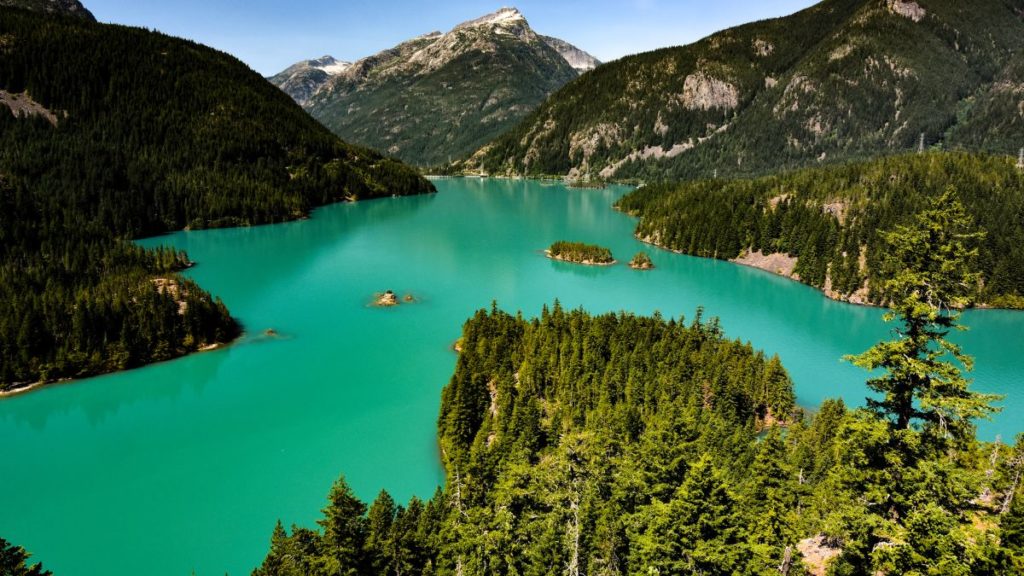
Native grasses? Ornamentals?
In the land of palm trees, Mediterranean climates and rain forests, there is another plant for the wildlife gardens. Now you may be thinking exotic plants from far away places, but that is not the case!
Natives perform better with less effort on your part. There are several natives to choose from in fact. Some are regional and restricted to wet areas or warm climates. Many of these long leafed beauties grow native from Alaska and British Columbia to southern California.
No matter where you may live, they offer food and protection for wildlife and help to keep the land stable and minimize washouts during heavy rains. Either way, there is a native species that is right for you in your gardens and landscapes.
Here is a profile of grasses for the Pacific and Northwest region of North America.
Achnatherum coronatum (Needle grass)
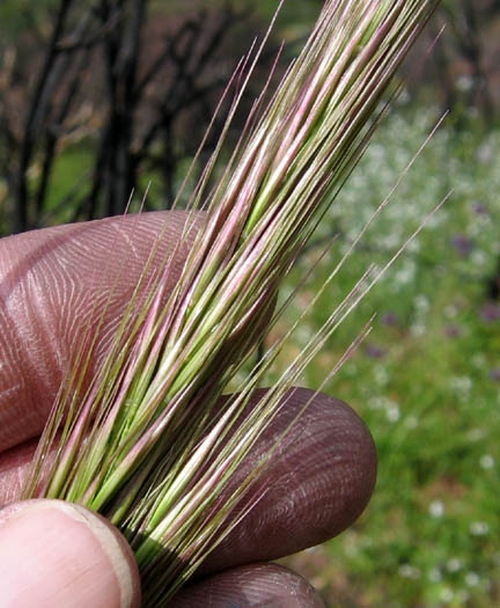
Native from California to British Columbia on well drained or sandy soils in desert shrub-lands, sagebrush, an pinyon/juniper woodlands.
- This delicate, airy grass has suffered from severe habitat destruction.
- Fine textured to 2 feet (60 cm) tall, it is a cool-season grower, producing attractive, open flower panicles in early spring.
- Grows well in extremely dry situations, but will favor a drink from time to time, but succumbs to excess moisture.
- Hardy to Zone 8.
Calamagrostis canadensis (Bluejoint)
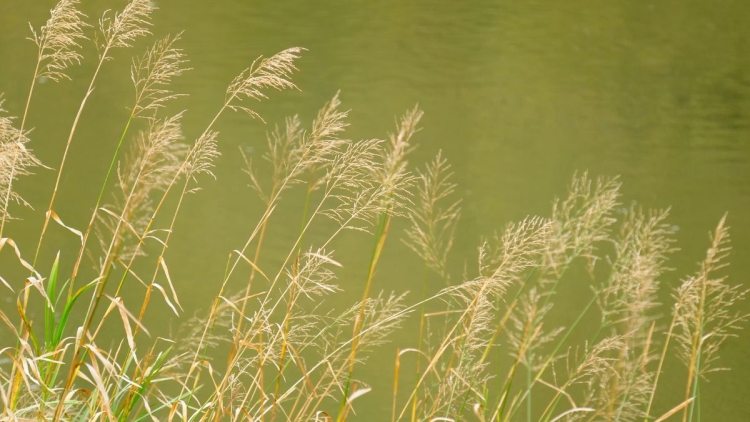
Native to marshes, wet places and open woods across northern North America.
- Not real attractive as an ornamental, but does well to restore land and offer food and protection for wildlife.
- Hardy to Zone 3.
Calamgrostis foliosa (Leafy reedgrass)
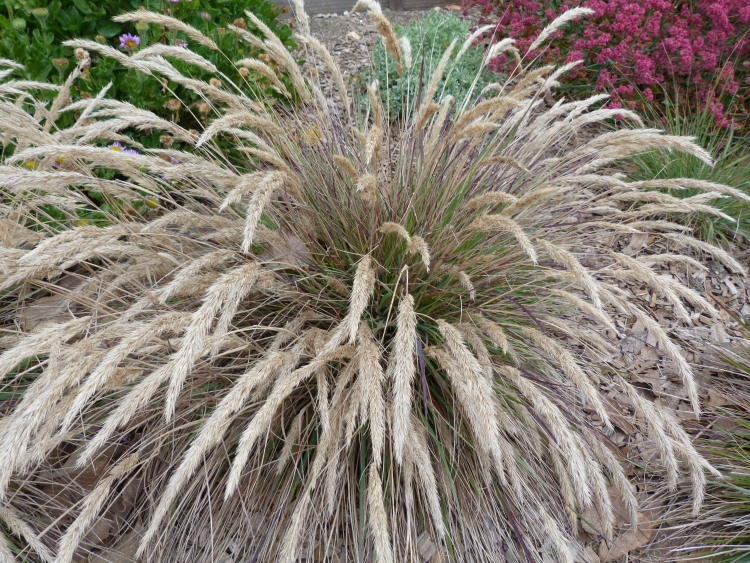
A highly ornamental species native to coastal bluffs, cliffs, scrub and open forests in northern California and Southern Oregon.
- Tufted clumps to 2 feet (60 cm) tall.
- Blooms May to august, producing feather flowers above blue-green foliage.
- In warmer climates of California, it prefers light shade and moderate moisture.
- Hardy to Zone 8.
Calamagrostis nutkaensis (Pacific reedgrass)
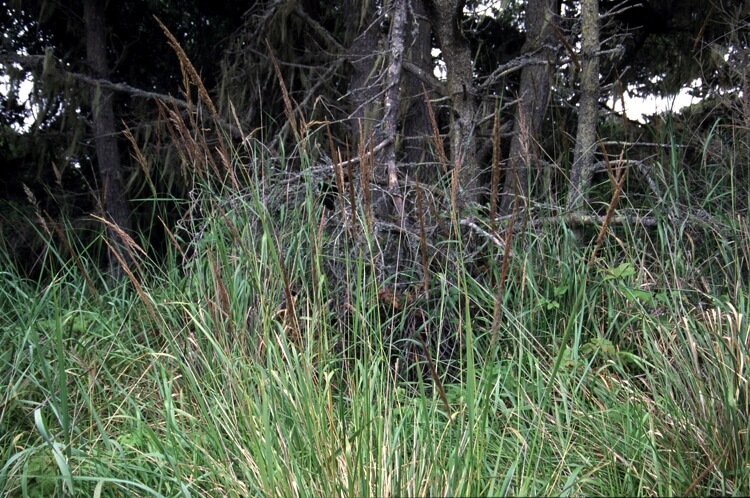
Native to the Pacific Coast in moist soil or wet forested hills from Alaska to central California.
- Tufted clumps grow 3 to 5 feet (1-1.5 m) tall and foliage is semi evergreen.
- Flowers in spring with feathery blooms that turn a straw color later in the season.
- A cool season grower.
- Hardy to Zone 7.
Calamagrostis ophitidus (Serpentne reedgrass)
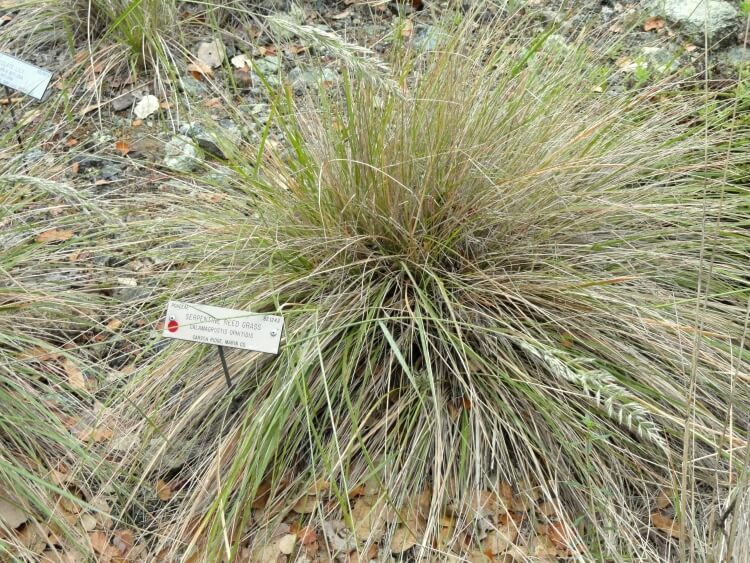
Grows on serpentine soils in northern California.
- Tufted and strictly clump-forming to 3 feet (1 m) tall.
- Upright in form, resembling the introduced species ‘Karl Foerster’ but more delicate and better adapted to infertile soils in a warm climate.
- Hardy to Zone 8.
Eriophorum angustifolium (Common cottongrass)
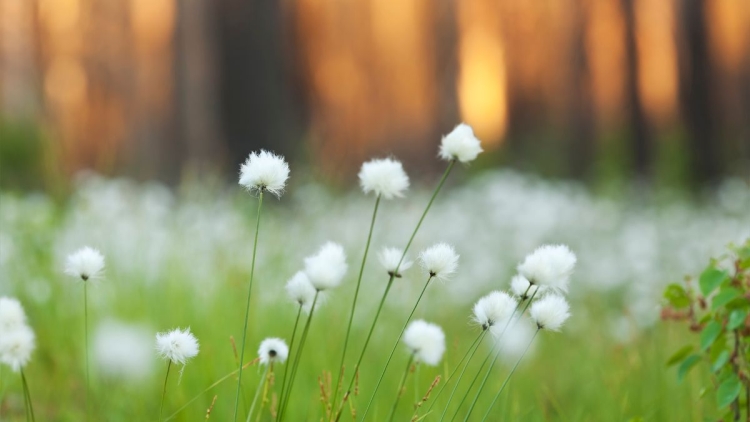
Native to bogs across North America.
- Grows up to 2.5 feet (80 cm) tall
- Rhizomes and creeping, plant this only where you want large stands.
- Hardy to Zone 3.
Festuca califonica (California fescue)

Native to dry open ground, chaparral, thickets and open woodlands to 5,000 in elevation in Oregon and in California west of the Sierra Nevada, occasionally on serpentine soils.
- Often found on north facing slopes.
- A beautiful medium sized clump of glaucous blue-green to blue-gray.
- A loose mound that grows 2 to3 feet (60-90 cm) tall.
- Flowers in April though June, This cool weather grower is often evergreen in milder climates
- A great specimen plant or in mass.
- Fairly drought tolerant, but does best with some moisture.
- Hardy to Zone 7.
Festuca idahoensis (Idaho fescue, blue bunchgrass)
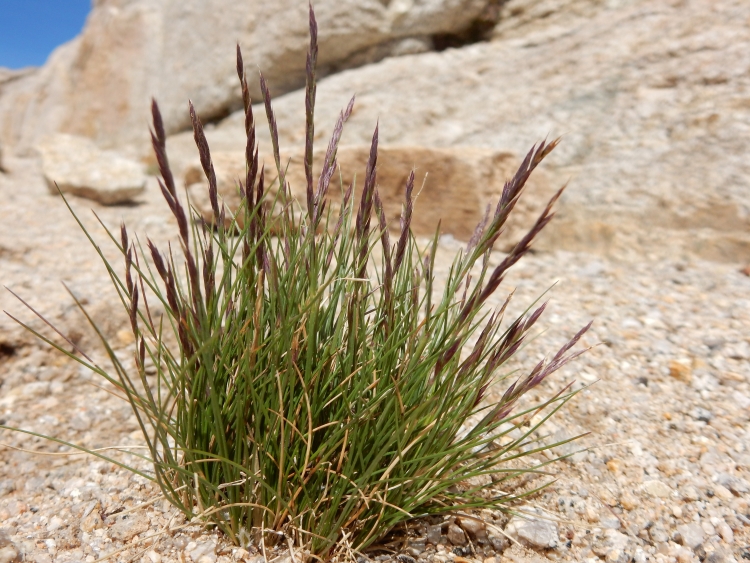
Despite the name, this native ornamental grows in open woods and rocky slopes from British Columbia to Alberta, south to Central California and Colorado.
- A cool season clumping ornamental that grows to only 14 inches (35 cm) tall.
- More tolerant to wet winters.
- Hardy to Zone 5.
Hierochloe occidentalis (California sweetgrass)

Native to most dry coniferous forests in California to Washington.
- Crushed leaves have a wonderful sweet fragrance.
- Upright to 3 feet (1 m) tall in flower.
- Spreads by rhizomes, prefers light to dense shade and moisture.
- Hardy to Zone 7.
Hierochloe oderata (Vanilla grass)
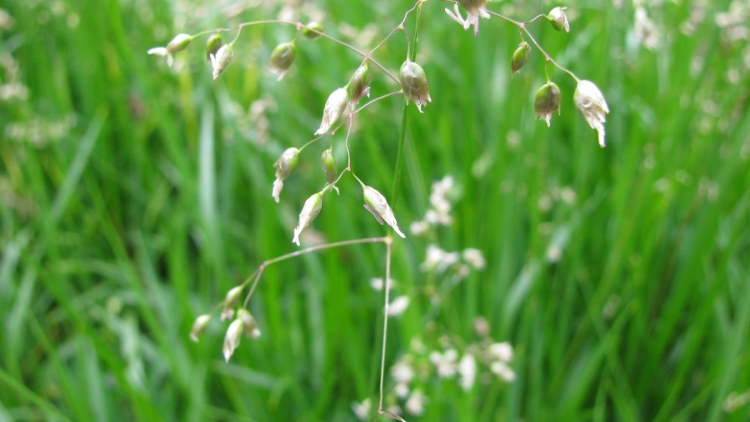
Native to wet sites, meadows and bogs in North America.
- Upright, grows to 2 feet (60 cm) tall in bloom, running aggressively by rhizomes.
- Easy to grow in sun or part shade in most soils.
- Crushed leaves have a strong sweet fragrance.
- Hardy to Zone 4.
Leymus cinereus (Gray wild rye, basin wild rye)
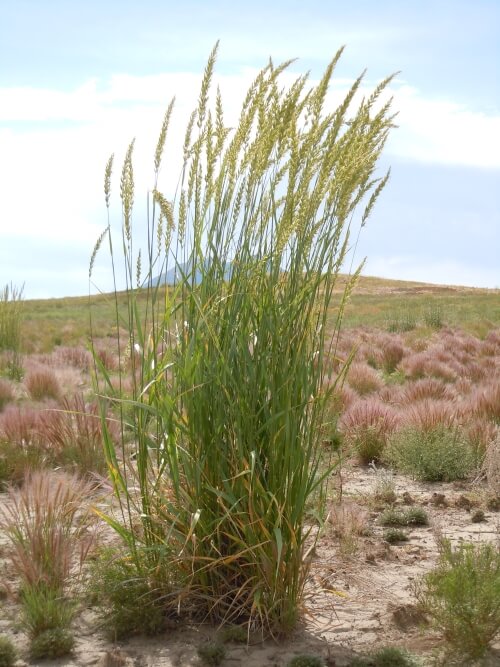
Native to meadows, canyons, stream-sides, sage scrub and open woodlands From Minnesota to British Columbia, south to Colorado, Nevada and California, typically in higher elevations.
- Stems and foliage are a gray-green grows 6 to 8 feet (@-2.4 m) tall in bloom.
- Clump forming mostly evergreen in milder climates.
- Excellent in large drifts or sweeps.
- Prefers full sun and low humidity.
- Hardy to Zone 6.
Melica imperfecta (Coast range melic, foothill melic)
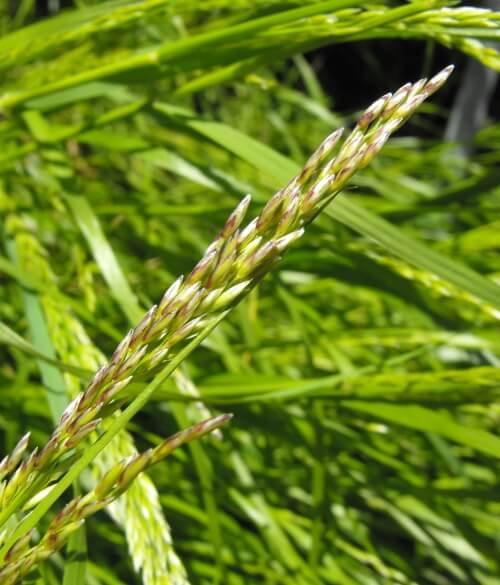
This grass is native to dry hillsides, chaparral, and open woodlands at low to moderate elevations in the coastal ranges of California.
- Foliage tufted, mostly basal.
- Grows 2 feet (60 cm) tall in bloom.
- Dormant in summer if it is dry, but is quick to green up in winter rains.
- Very attractive in early spring.
- Hardy to Zone 8.
Nassella cernua (Nodding needle grass)

Native to sandy, dry slopes in grasslands, chaparral and juniper woodlands in California.
- Clump forming tufted grass, a true cool-season grower that goes dormant in summer.
- Blooms in late winter to early spring.
- Grows 3 feet (1 m) tall in bloom.
- Prefers full sun and does best on well drained soil.
- Ideal for naturalizing in meadows and meadow gardens
- Hardy to Zone 8.
Nassella lepida (Foothill needle grass)
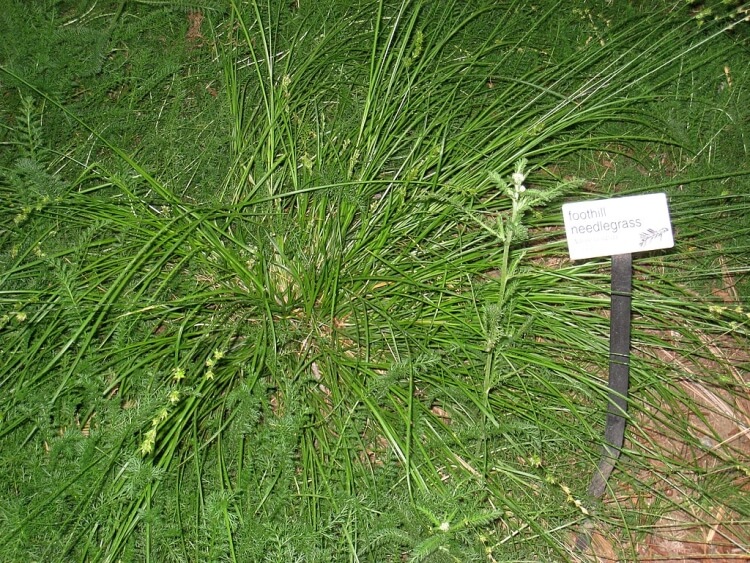
Native to dry slopes in oak grasslands, chaparral, and coastal scrub in California.
- Clump-forming and tufted, a true cool-season grower that goes dormant in the heat of summer.
- Blooms in late winter to early spring, prefers full sun, tolerant of other growing conditions
- Hardy to Zone 8.
Nassella pulchra (Purple needle grass)

This one also can be found in drylands, chaparral and coastal scrub in California.
- A delicate yet beautiful grower, an emblem of the dry native grasslands that once covered much of the state.
- Blooms in late winter and grows 3 feet 1 m) tall, purple at first, turning a silvery color later on.
- A cool-season ornamental that goes dormant in the summer, but greens up in the fall.
- Prefers full sun and well drained soil.
- Ideal for meadows and meadow gardens.
- Hardy to Zone 8.
Pleuraphis jamesii (James galleta)
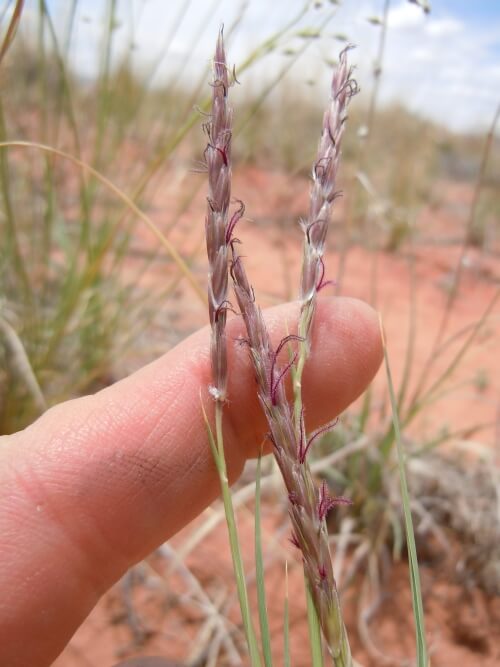
Native to deserts, canyons and dry plains from California to Texas to Wyoming.
- Spreads by rhizomes to create a dense mass of upright stems 1 to 2 feet (30-60 cm) tall.
- The foliage on this warm-season grower are a gray-green
- Blooms in late spring to early summer.
- Hardy to Zone 8.
Sporobolus airoides (Alkali dropseed)
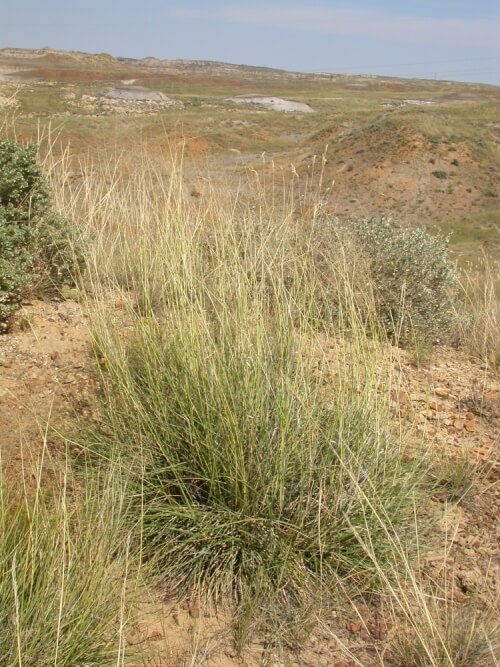
Native to meadow and valleys, especially in alkaline soils, from South Dakota, west to Washington and south to southern California and beyond.
- Clump forming with green-gray foliage that turns yellow in the fall.
- Blooms in April to July, but sometimes as late as October.
- Grows to 5 feet (1.5 m) tall in bloom
- Durable and drought tolerant. Easy to grow on a wide range of soils
- Hardy to Zone 5 and possible colder.
Well, there is your list of Pacific and Northwest native grasses. While others do exist, most lack form and texture for your landscapes.
As with all native plants, they offer much more for your wildlife than exotics will. Be sure to check with garden centers, your state or province and on-line specialty sites. When creating your gardens and wildlife habitats, always look at nature for ideas.
Natives can be very ornamental.
